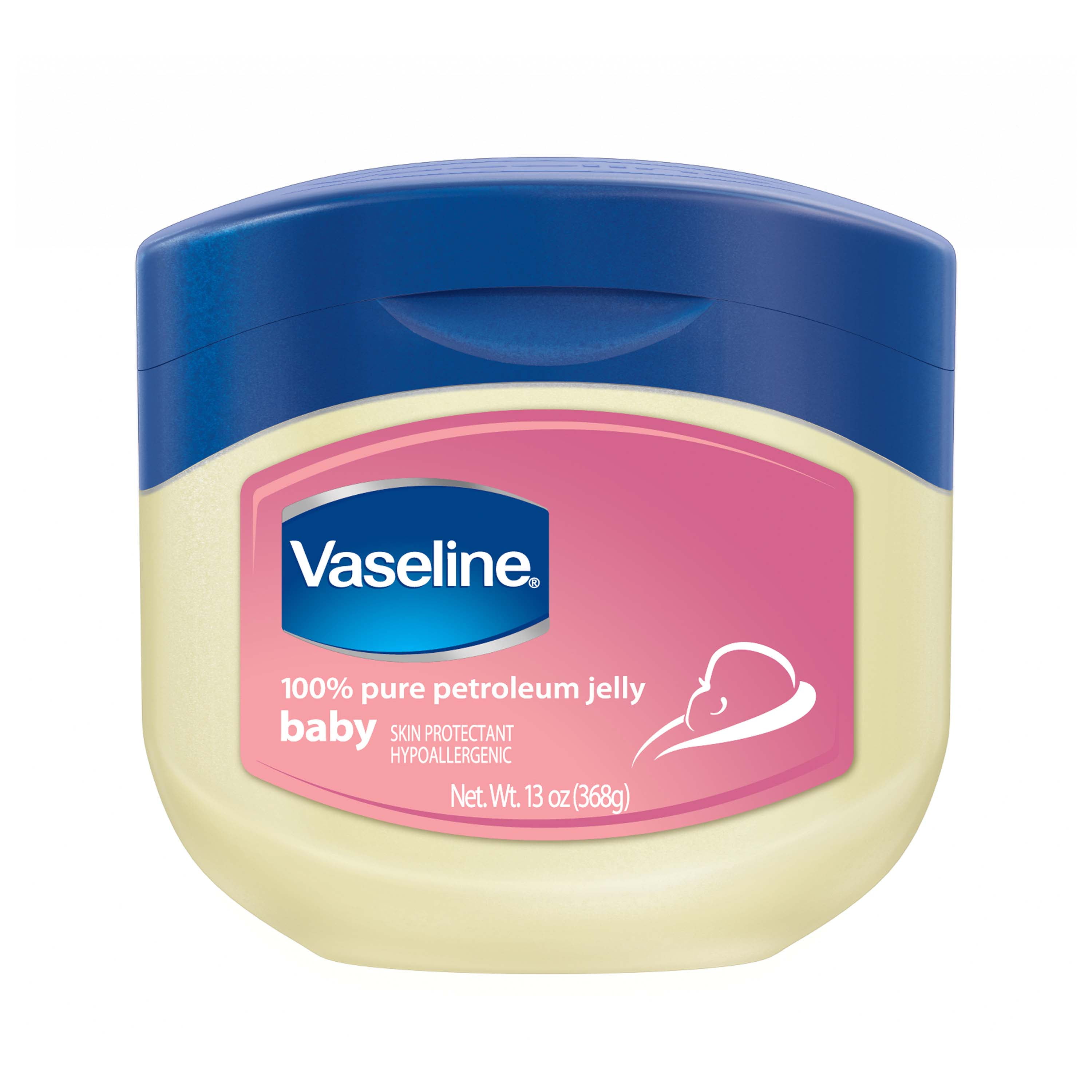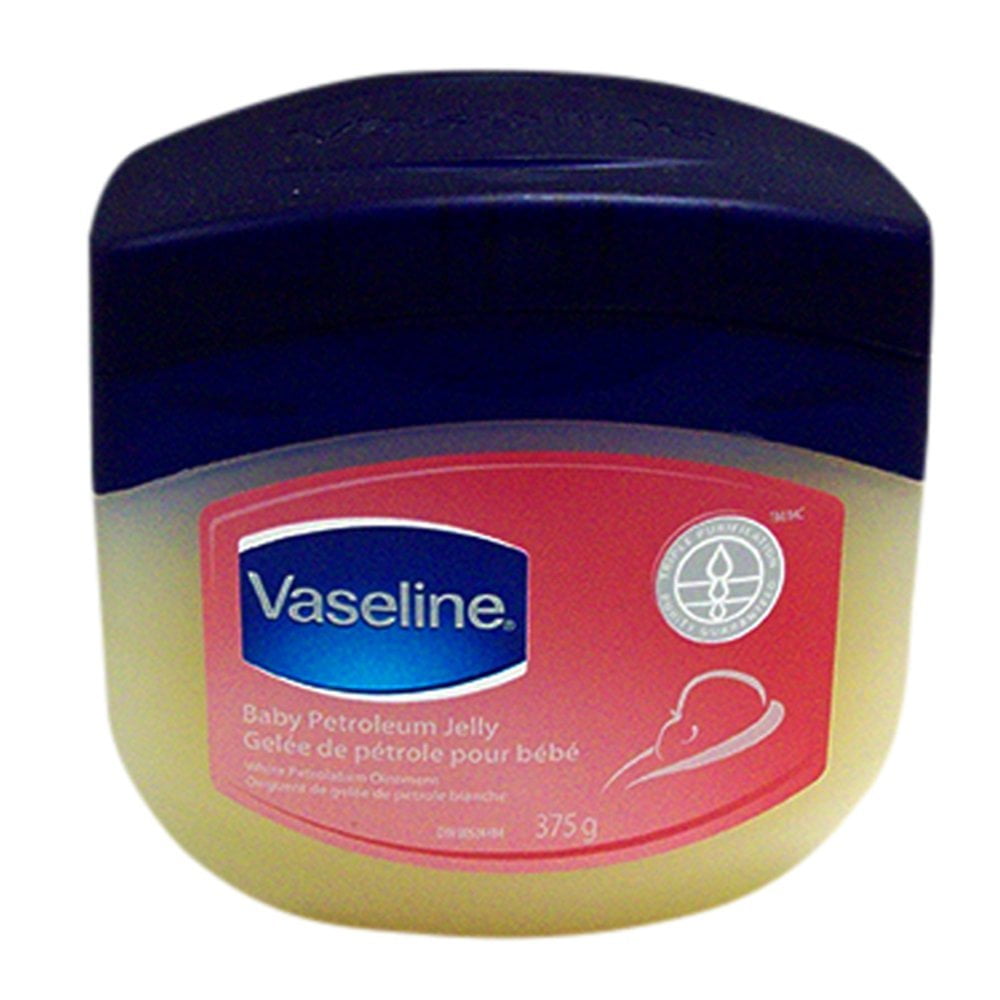


The inset in (g) illustrates the water contact angle of the pure TOCFs paper. SEM images (g), (h), and (i) show the rough network structure of the pure TOCFs paper. (f) Photograph of pure TOCFs paper and the conductive papers with various TOCFs-to-CNTs ratios of 10:1, 15:1, 20:1, 25:1, and 30:1. Optical microscope images (d) and (e) show the appearance of the conductive TOCFs after assembling the CNTs in S01. Optical microscope images (b) and (c) show the translucent appearance of the TOCFs. The TOCFs/CNTs suspensions with various TOCFs-to-CNTs ratios of 10:1, 15:1, 20:1, 25:1, and 30:1 were designated as S01, S02, S03, S04, and S05, respectively. (a) Photograph of pure TOCFs and TOCFs/CNTs suspensions. Morphology characterization of the conductive cellulose fibers and the prepared paper sensor. Finally, as a proof of concept, the sensor demonstrates an excellent responsive property to human breath, fingertip humidity, and the change of air humidity, indicating a great potential towards practical applications. Benefiting from the unique structure, the obtained sensor exhibits a maximum response value of 87.0% (ΔI/I0, and the response limit is 100%), outstanding linearity (R² = 0.995) between 11 and 95% relative humidity (RH), superior bending (with a curvature of 2.1 cm⁻¹) and folding (up to 50 times) durability, and good long-time stability (more than 3 months). Besides, the swelling of the TOCFs greatly damages the conductive CNTs network and further promotes the humidity sensitive performance of the sensor. The vast number of hydrophilic hydroxyl groups on the surface of TOCFs provide more water molecules adsorption sites and facilitate the electron transfer from water molecules to CNTs, endowing the sensor with an excellent humidity responsive property. The conductive fibers are achieved by an electrostatic self-assembly process that positively charged CNTs are adsorbed to the surface of negatively charged TOCFs. The CNTs are dispersed by cationic cetyl trimethyl ammonium bromide (CTAB), which introduces positive charges on the CNTs surface. Herein, we design a flexible paper-based humidity sensor based on conductive 2,2,6,6-tetramethylpiperidine-1-oxyl (TEMPO)-oxidized cellulose fibers/carbon nanotubes (TOCFs/CNTs) conformal fibers network. Owing to the good hydrophilicity, biodegradability, and low cost of cellulose, the sensors built on cellulose bulk materials are considered a feasible method to overcome these drawbacks while providing reasonable performance. However, the application of conventional sensors is limited due to the structural rigidity, high cost, and time-consuming integration process. Humidity sensors have been widely used for humidity monitoring in industrial fields.


 0 kommentar(er)
0 kommentar(er)
